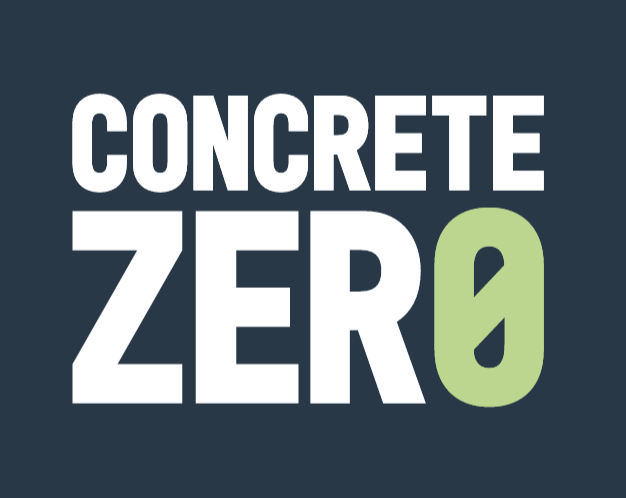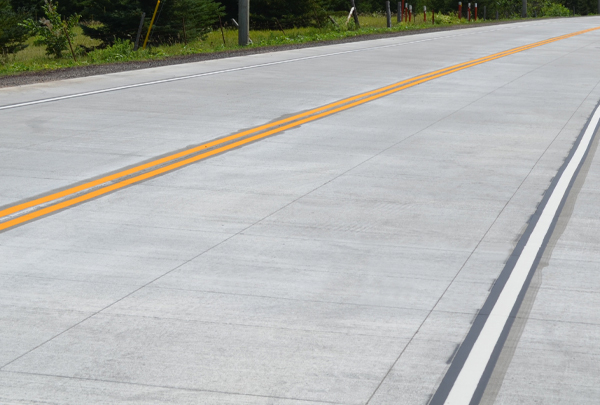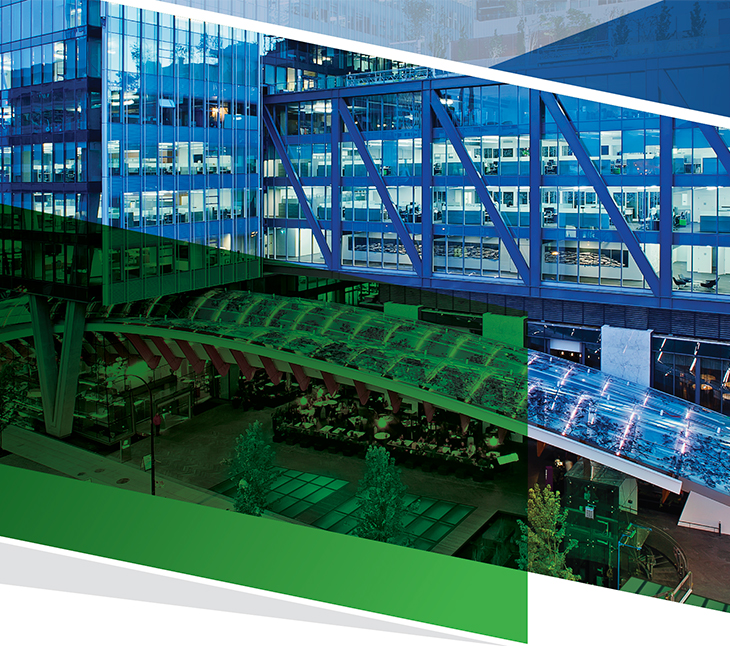
Roadmap to Net-Zero
Carbon Neutral Concrete

Canada has the enabling tools and conditions to become a world-leading producer and exporter of low-carbon cement and concrete products, systems and related clean technologies and services
Concrete. It is the world’s most widely-used building material. It is estimated that the cement and concrete sectors account for roughly 5 to 7% of global carbon emissions.
The large carbon footprint of cement and concrete stems in part from the high energy required to heat the kilns used to make cement. Roughly half to two-thirds of carbon emissions come from the actual chemical process of cement making.
Anticipated population growth suggests that the production of cement and concrete will grow by up to 38% by 2050, which means that to lower the carbon footprint of the built environment the production and use of cement and concrete must be made more efficient and climate-friendly.
The world’s leading cement and concrete and cement companies are working to drive down the CO2 footprint of their operations and products, to achieve carbon-neutral concrete by 2050.
Coupled with the need for more resilient buildings and infrastructure to protect our cities and the natural environment from the impacts of climate change, achieving this goal will require major technological innovations not only to reduce the release of CO2 in the first place but also through processes that capture and sequester carbon permanently.
Policymakers, governments, investors, researchers, innovators, and financial institutions also have a role to play to put in place the resources, tools and policies needed to deliver the goal of carbon neutral concrete.
Canada’s cement and concrete industry has released Concrete Zero, an Action Plan to ensure Canada’s cement and concrete industry achieves its carbon emissions reduction goals by making cement net-zero by 2050.
The industry has charted a course towards achieving its goal of 40% emissions reduction by 2030 as part of the Roadmap to Net-Zero Carbon Concrete by 2050 – a unique joint government-industry collaboration. It is also well on its way to transitioning to lower-carbon fuel sources, producing carbon-reduced cements and concretes, and using clean technologies. The cement and concrete industry is also the first to join Canada’s Net Zero Challenge – putting it at the leading edge of transparently disclosing and verifying carbon emission reductions.
To reach net-zero, the industry will focus its efforts in the following five priority areas:
-
- Eliminating the use of coal and petroleum coke as fuel sources for clinker production, while increasing the use of lower-carbon and alternative fuels – including engineered biomass and green hydrogen – which will help drive down emissions. By 2050, 100% of fuel mix will come from non-fossil-based sources.
- Reducing the volume of clinker used to produce cement – which will achieve a 1.5 Mt CO2 emissions reduction over the course of the decade. After 2030, the use of innovative materials, natural pozzolans, and beneficiated waste and recovered materials will increase. In 2050, 4.8 Mt CO2 in emissions reductions will be realized from the reduction of clinker in cement, and cement in concrete compared to a business-as-usual scenario.
- Increasing the use of supplementary cementitious materials in the form of fly ash and ground granulated blast-furnace slag will also play an important role, as will introducing ground limestone, recycled concrete fines, calcined clays, and other new promising materials.
- Working towards building carbon capture, utilization and storage (CCUS) capacity. Part of that effort will be to build – by 2030 – North America’s first commercial deployment of a full-scale carbon capture and storage project at a cement plant.
- Advocating for performance-based codes, standards and specifications, procurement policies, and increased material efficiency in construction.
continue reading



